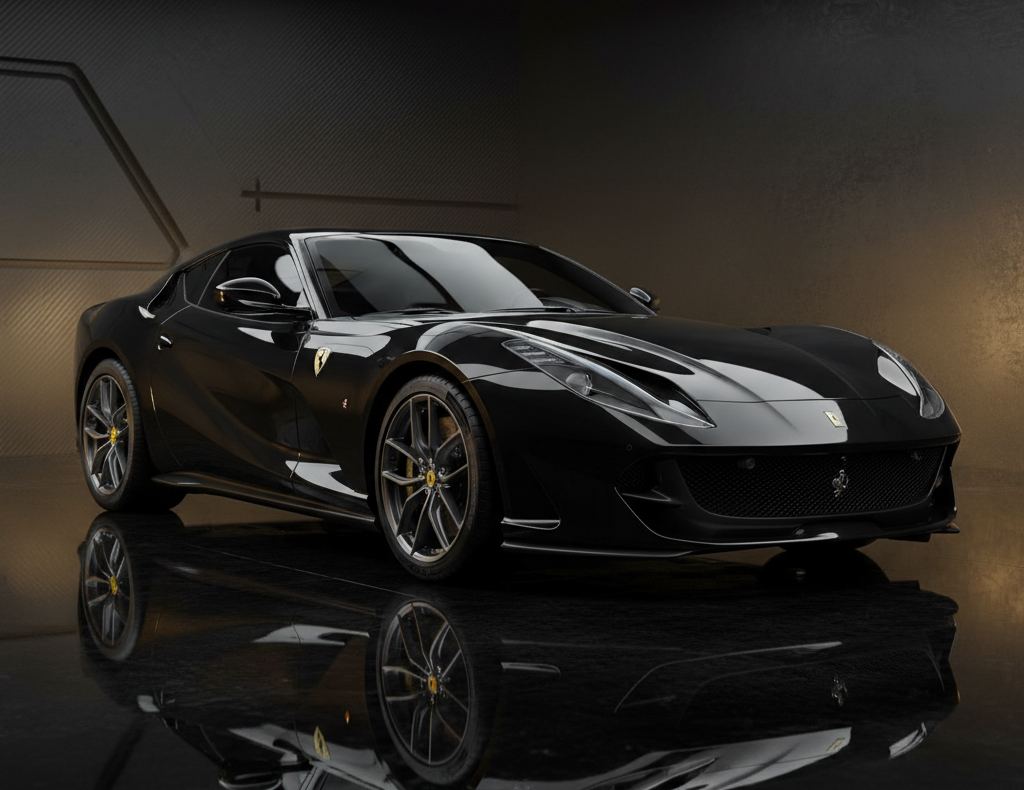
Hear from Our Customers
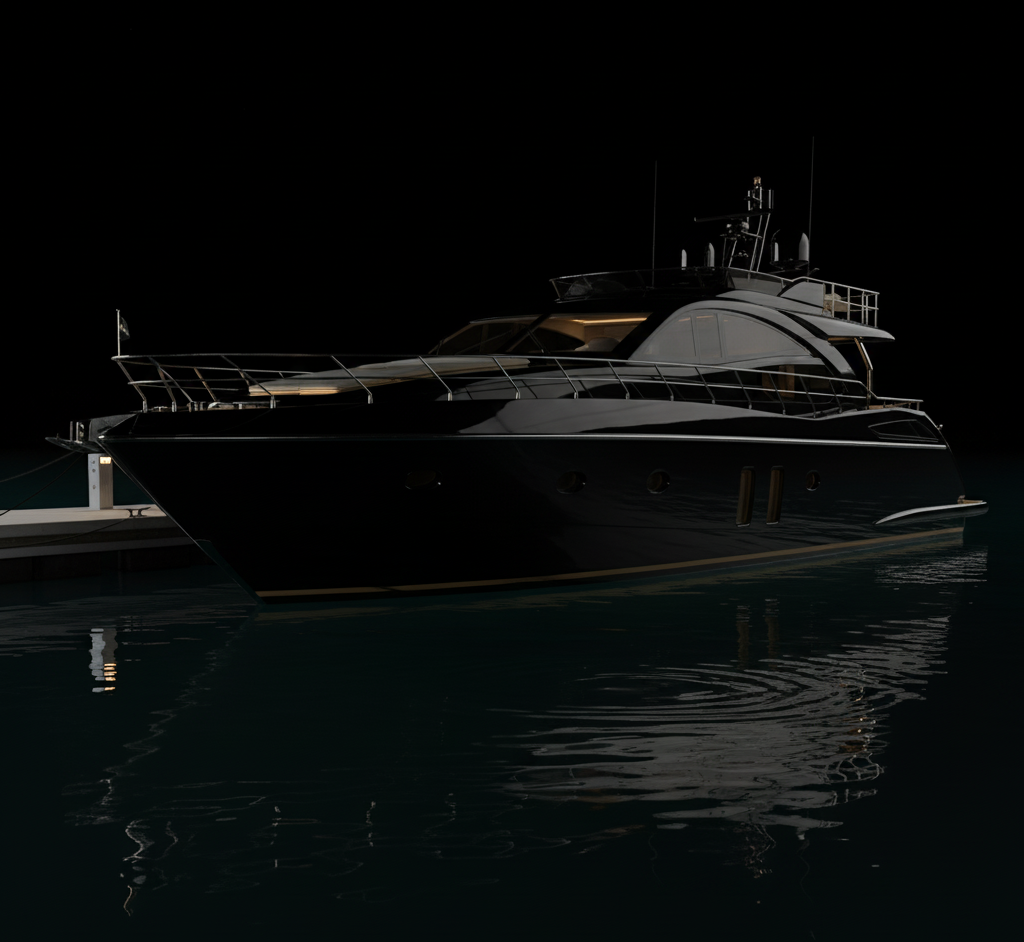
You bought something special. Whether it’s that exotic car or your prized yacht, you didn’t invest six or seven figures to watch it fade, scratch, or lose its luster.
Here’s what changes with real ceramic coating protection. Your paint stays glossier than the day you bought it. Water beads off like it’s afraid to touch the surface. Salt, UV rays, and road contaminants can’t penetrate the molecular barrier we create.
Most importantly, you spend less time maintaining and more time enjoying. A simple rinse keeps things looking perfect. No more monthly waxing sessions or expensive detail appointments every few weeks.
We serve Southold’s collectors, enthusiasts, and yacht owners who expect more than basic car wash protection. We’re one of the few certified ceramic coating installers on Long Island who specialize in both automotive and marine applications.
Southold’s maritime culture and seasonal climate create unique challenges. Salt air, intense summer sun, and winter storage demands require protection that actually works. We’ve been protecting high-value assets in this area because we understand what’s at stake when someone owns something truly special.
Our Port Jefferson Station facility handles everything from weekend classics to million-dollar yachts, treating each project with the precision it deserves.
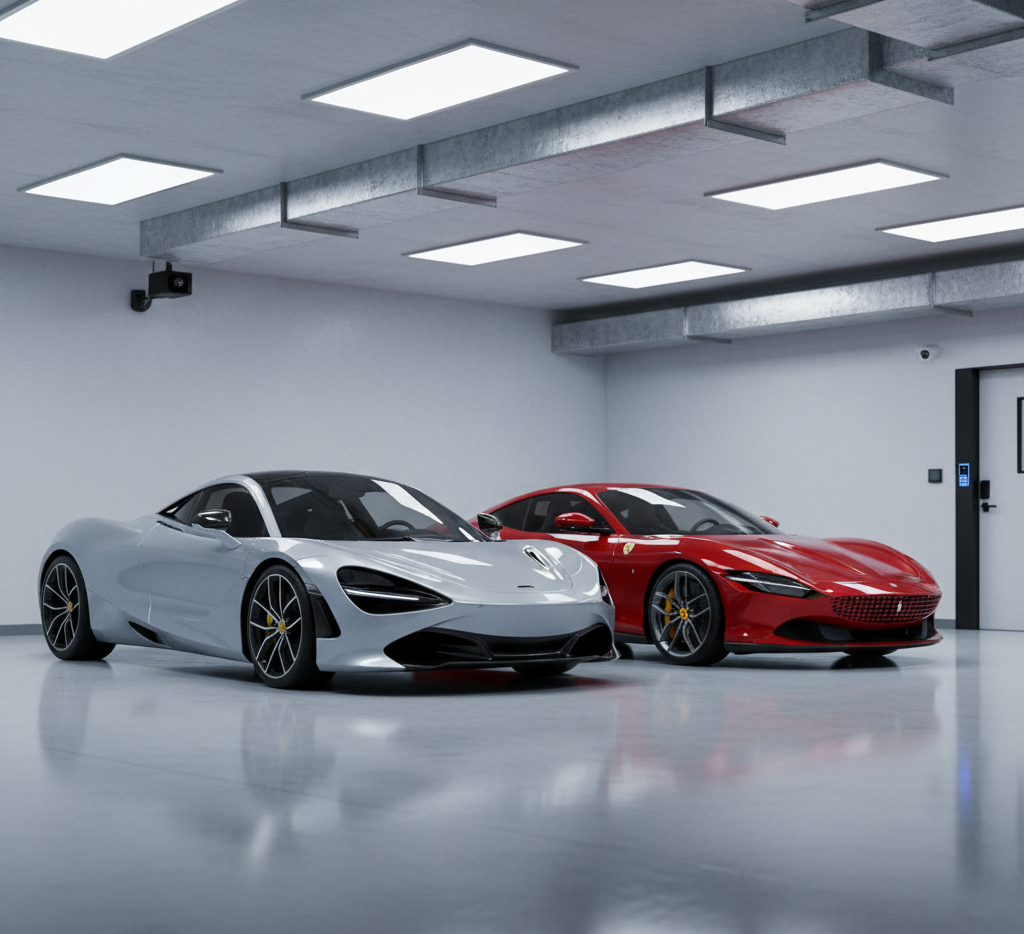
Real ceramic coating isn’t a spray-and-wipe process. We start with complete surface decontamination, removing every trace of old wax, tar, and embedded contaminants that could interfere with bonding.
Next comes paint correction if needed. Any swirl marks, light scratches, or oxidation get addressed because ceramic coating locks in whatever’s underneath. We’re not hiding problems—we’re eliminating them.
The actual coating application happens in our climate-controlled environment. Each panel gets hand-applied ceramic coating that bonds at the molecular level. We apply multiple layers for maximum durability, with proper curing time between each coat. The final result is a semi-permanent protective shell that becomes part of your paint for years to come.
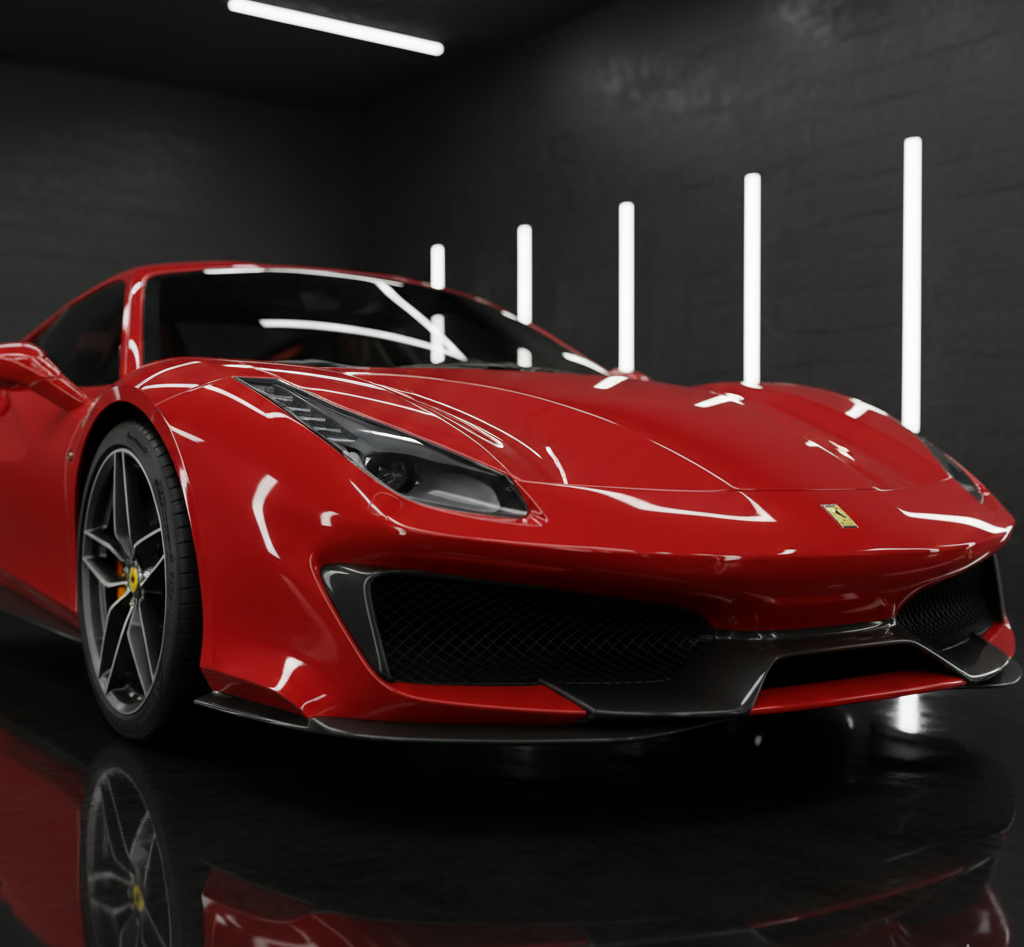
Ready to get started?
Southold sits right on the water, which means your vehicles face challenges most ceramic coating companies never consider. Salt air doesn’t just affect boats—it attacks car paint too. Summer UV reflection off the water intensifies sun damage. Winter storage in humid conditions can cause problems traditional protection can’t handle.
Our marine-grade ceramic coatings are formulated specifically for these conditions. They’ve been tested in South Florida’s extreme marine environment and proven to handle whatever Long Island’s climate throws at them. Whether you’re protecting a Ferrari or a Ferretti yacht, the coating creates the same molecular barrier against corrosion, UV damage, and environmental contamination.
For boat owners, this means your gelcoat stays glossy through multiple seasons. Car collectors get paint protection that survives both summer beach trips and winter storage without degrading.
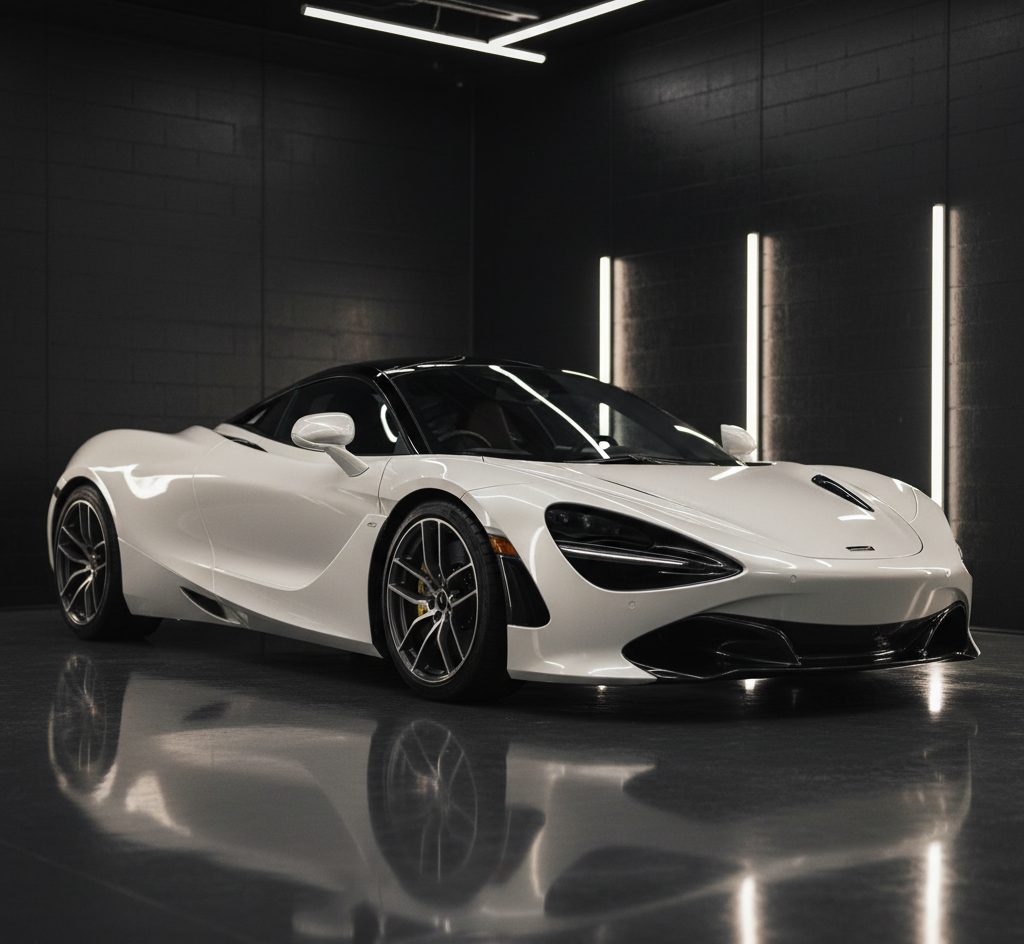
Real ceramic coating lasts 3-10 years depending on the specific product and conditions, not the 3-6 months you get from wax or sealants. The key difference is molecular bonding.
Traditional protection sits on top of your paint and washes away over time. Ceramic coating actually bonds with your clear coat at the molecular level, becoming part of the surface. This creates a semi-permanent protective layer that can’t be removed by normal washing or weather.
Marine environments are tougher on any protection, so boats typically see 2-4 years of full protection before any maintenance is needed. Cars in garage storage can go the full decade. But even as the coating ages, it doesn’t just disappear—it gradually becomes less hydrophobic while maintaining most of its protective properties.
The math is actually pretty simple when you break it down. Quality wax jobs cost $200-500 and last 2-3 months. Over five years, you’re spending $4,000-12,000 just on repeated applications, plus all the time involved.
Professional ceramic coating costs more upfront but protects for years without reapplication. More importantly, it prevents the expensive damage that wax can’t stop. UV oxidation, paint etching from bird droppings, and swirl marks from improper washing all get prevented by the ceramic barrier.
For high-value vehicles, there’s also the preservation factor. Ceramic coating maintains your paint in original condition, protecting resale value. When you’re dealing with collectible cars or luxury yachts, that protection can be worth tens of thousands in preserved value.
Yes, but marine applications require specialized formulations designed for harsher conditions. Regular automotive ceramic coating isn’t tough enough for constant water exposure, salt spray, and the extreme UV reflection you get off water.
Marine-grade ceramic coatings use higher concentrations of active ingredients and different chemical compositions to handle these challenges. They bond effectively to gelcoat, fiberglass, and marine paint while resisting the corrosion and fouling that regular coatings can’t handle.
At Legacy Motors and Marine, we use the appropriate coating for each application. Your yacht gets marine-grade protection designed for underwater and above-water surfaces. Your car gets automotive-grade coating optimized for road conditions and garage storage. Both provide the same level of protection—they’re just formulated for different environments.
They protect against different types of damage and can actually work together. Paint protection film (PPF) is a clear urethane film that physically blocks rock chips, key scratches, and impact damage. It’s like invisible armor for high-impact areas.
Ceramic coating creates a chemical barrier against environmental damage—UV rays, oxidation, chemical etching, and contamination. It also provides the self-cleaning properties and enhanced gloss that PPF alone can’t deliver.
For maximum protection, many clients combine both. PPF goes on high-impact areas like front bumpers, hoods, and leading edges. Ceramic coating goes over the entire vehicle, including on top of the PPF. This gives you physical protection from impacts plus chemical protection from environmental damage, along with easier maintenance and better appearance.
The beauty of ceramic coating is how little maintenance it actually requires. The hydrophobic properties mean dirt and contaminants can’t bond to the surface, so most cleaning happens with just water.
For regular maintenance, use pH-neutral car soap and avoid automatic car washes with harsh chemicals or brushes. Microfiber wash mitts work best, and always rinse thoroughly before washing to remove loose dirt. The coating’s slick surface means everything slides off easily.
Every few months, you can apply a ceramic coating maintenance spray to refresh the hydrophobic properties, but it’s not required. Avoid compound polishes or abrasive cleaners that could damage the coating. Professional maintenance once a year ensures maximum longevity, but day-to-day care is simpler than any other protection method.
Ceramic coating is actually ideal for vintage vehicles because it provides long-term protection without the frequent handling that damages older paint. Traditional waxing requires repeated application and buffing, which can wear through delicate vintage finishes over time.
The key is proper surface preparation. Older paint may need paint correction to remove oxidation or swirl marks before coating application. Once applied, ceramic coating creates a protective barrier that preserves the original finish without requiring aggressive maintenance.
For show cars or garage queens, ceramic coating eliminates the need for frequent detailing while maintaining that deep, glossy finish collectors want. The coating won’t change the character of original paint—it just protects it better than anything else available. Many classic car collectors use ceramic coating specifically because it provides maximum protection with minimal ongoing maintenance.
Other Services we provide in Southold